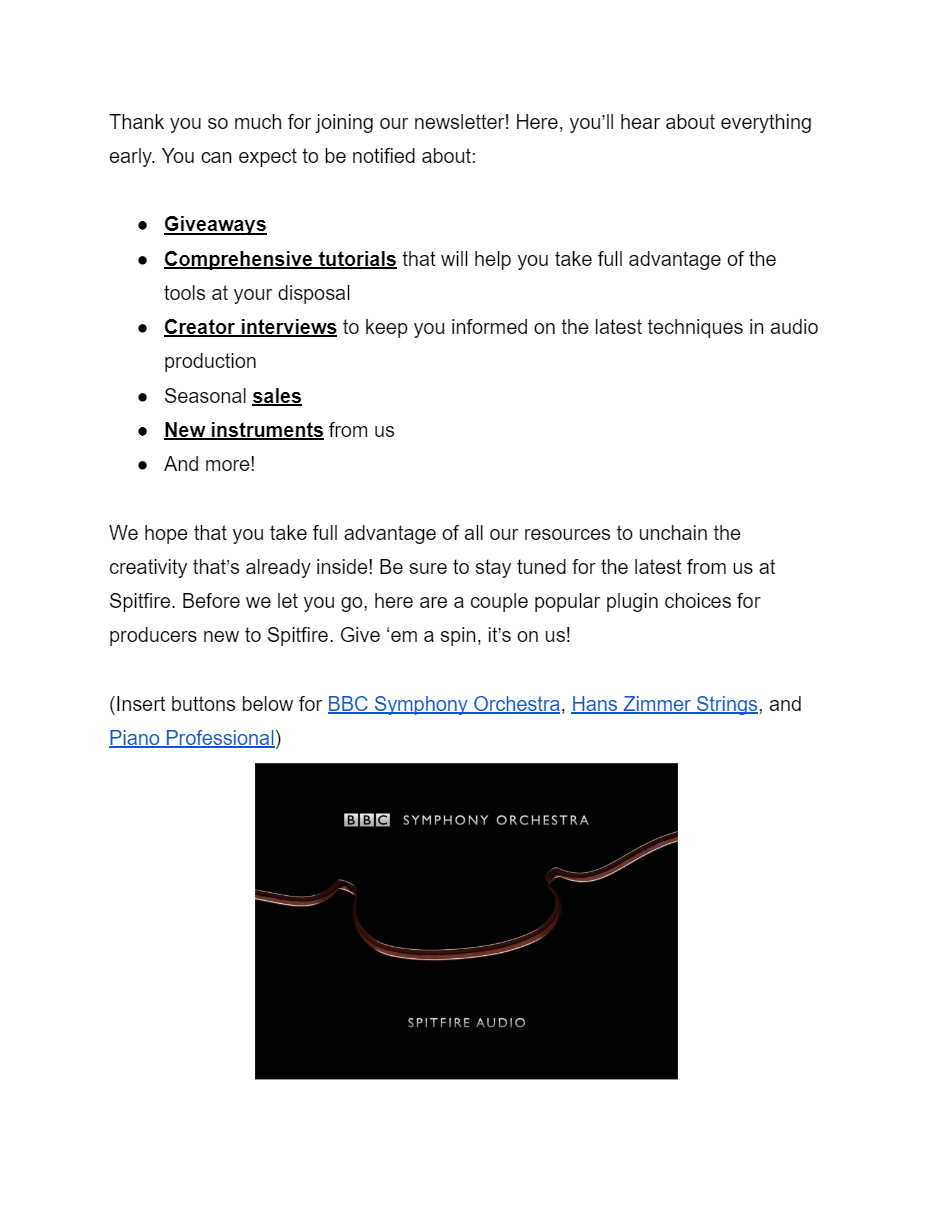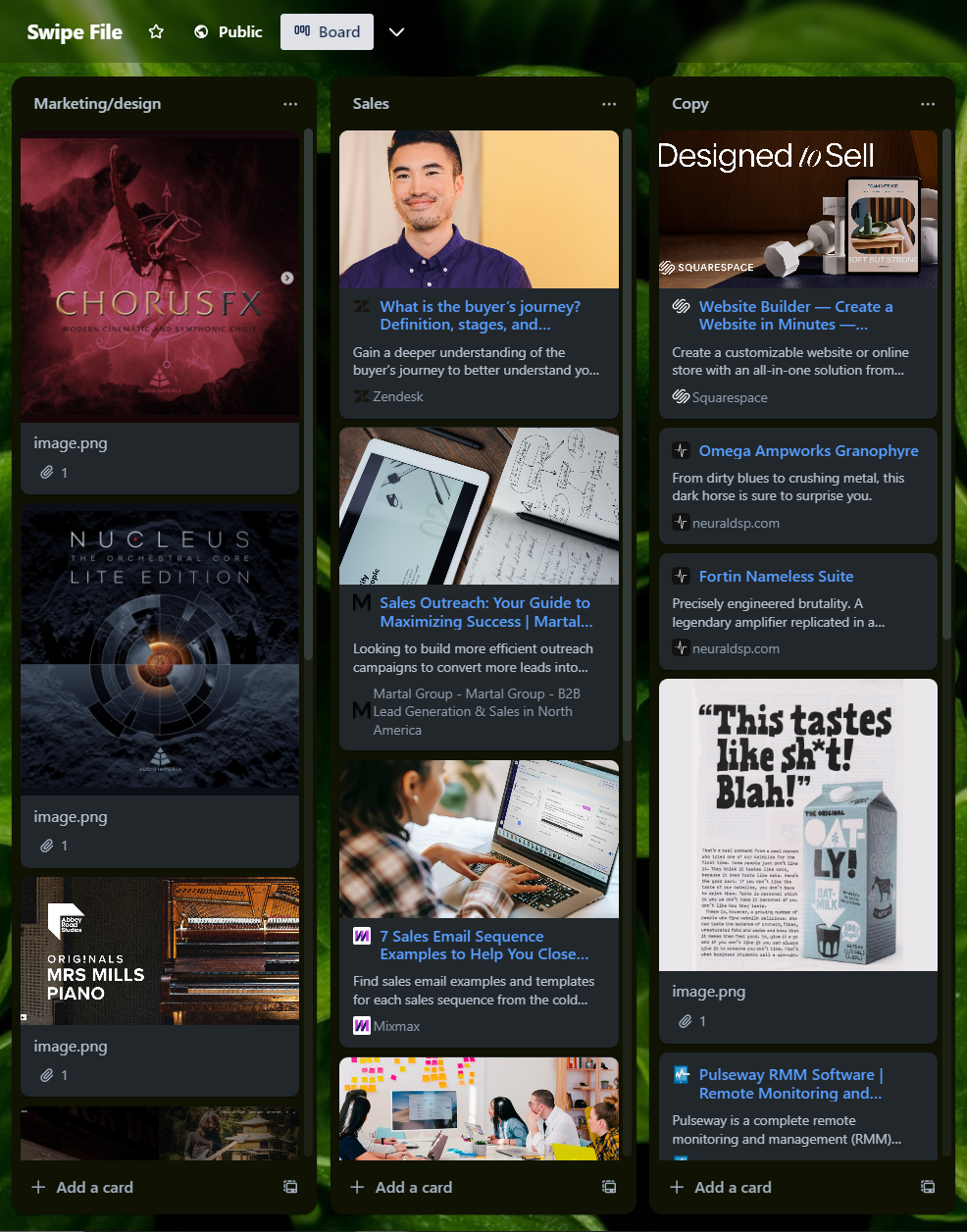Here’s What I’ve Learned Studying Copywriting for a Month
I’ve often been told that writing is important. We’ve all heard platitudes about how writing will “take your career to the next level”, and I’m probably guilty of saying that myself. This month at Praxis was dedicated to studying what actually goes into good writing, and what goes into bad writing, so I know how to tangibly better my skills. Here’s how it went:
Week 1: What Is Copywriting?
To be honest, I had never heard this term before Praxis. At first, I thought it would be related to the legal term — copyright. Although that is a pretty natural assumption, they aren’t officially linked at all. In few words, copywriting is using your writing to sell. It may sound deceptively simple, but that’s truly it. The concept is very straightforward, it’s not some nice skill or profession. At it’s core, copywriting is about being able to message effectively to a specific audience. It may be potential customers, future employers, college admissions reviewers, the possibilities for application are basically endless.
In terms of workload this week, we did not do very much. Most of our energy was focused on contrasting examples of effective and ineffective copy, to introduce us to the general ideas of how copy can be “measured”. As an example, here’s a screenshot from Harry Dry’s newsletter on the subject:
As you can see, good copy is about making things seem more personal. The first example sells you on the toothpaste, while the second sells you on what the toothpaste can do for you. People are much more interested in what they gain from a product than the product itself, which makes perfect sense. With all that in mind, let’s move on to week two.
Week 2: How Copywriting Works
Now that I understood copywriting as a concept, it was time to dig in to some solid foundations for what makes good writing. We were given 10 specific laws, which are as follows:
You must learn how people make decisions
You must uncover the selfish benefit (what’s in it for the customer)
You must learn how to tell a great story
You must write like you talk
You must use their words, not yours
You must write short, choppy copy
You must be specific
You must nail the headline
You must back everything up with social proof
You must address objections up front
I really enjoy these, because they give me the opportunity to check my work against them. They are an easy reference point to build solid writing off of, and I found myself working towards writing in this way as I went through my projects.
For example, I have a tendency to write in a detached way. It’s probably because I was conditioned to do that by English classes, but that’s how I would often initially start things. While there is a place for wordy, informational writing, it’s not effective with advertising. The most memorable taglines are memorable because they’re exactly that: taglines. The Got Milk? campaign didn’t become famous because it provided extensive scientific analysis. It had a simple tagline, and punchy advertising. Needless to say, it’s an ongoing process for me to ditch overly formal writing where it’s not needed, but I’m improving at it. My main deliverable this week was to create my own welcome email. I chose a company called Spitfire Audio, who make digital instruments and such. Here’s my final draft:
All in all, I think this is a good first attempt at this. It was difficult, but I kept my words concise and did my best. If you’d like, you can check out the entire thing here
Week 3: Applying Copywriting
This week was less informative than the others. After two weeks of work, I was ready to take the plunge and create my first full blown ad. We were tasked with choosing a local business to create ad copy for. I chose my local guitar store, since they don’t have too much of an online presence. First, I came up with a list of possible themes/titles to base the ad around. Luckily, not only was it Christmas season (at the time of writing), but 2023 marked the store’s 40th anniversary! Unfortunately, they hadn’t updated their website in a while, so there was no explicit word of a Christmas sale, but I know they run Christmas sales yearly. I took a little creative liberty, but I think the copy turned out well. Here it is:
A quick side note before I move on, please excuse the very low-res logo, that logo was the only one that popped up when I tried to find theirs.
Week 4: Documentation & Presentation
The “last” assignment for the month is simply organizing a folder of resources and inspiration for different types of projects, so I collected good examples and guides of sales, design, marketing, and copy, here’s a quick peek at it:
Now that we’ve done all of these exercises and projects, all that’s left to do is include a breakdown video in this very post you’re reading. Enjoy!
Final Thoughts + Going Forward
This month was really solid. I’ve learned a lot about effective writing, and although I don’t really see myself going into copywriting as a profession specifically, I will absolutely bring principles I’ve learned here into any other field I work in, and in life more generally. Next month, I’ll be moving into no-code AI tools, so I’m very excited to see where that takes me. the future’s looking up!





